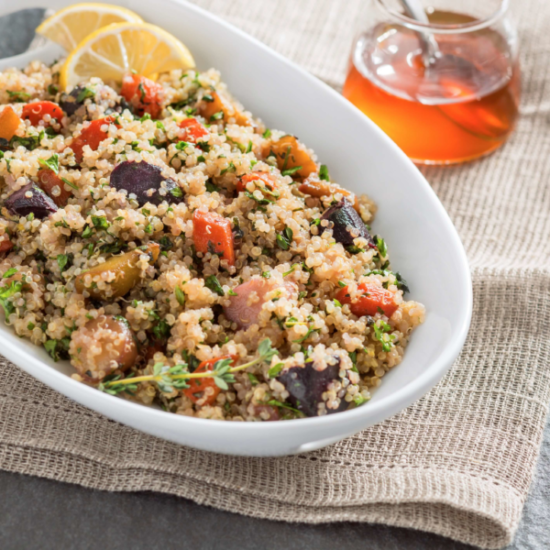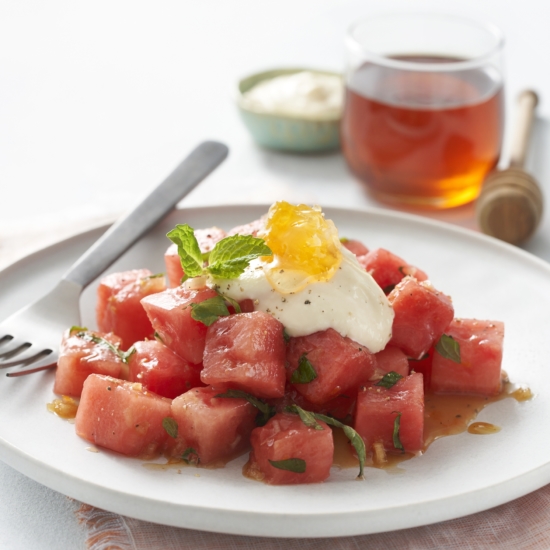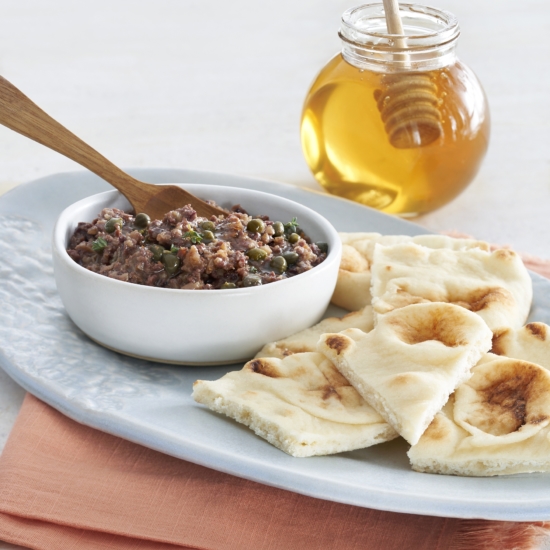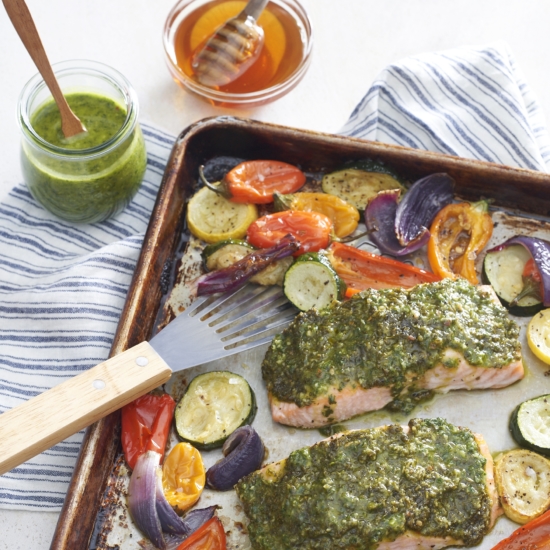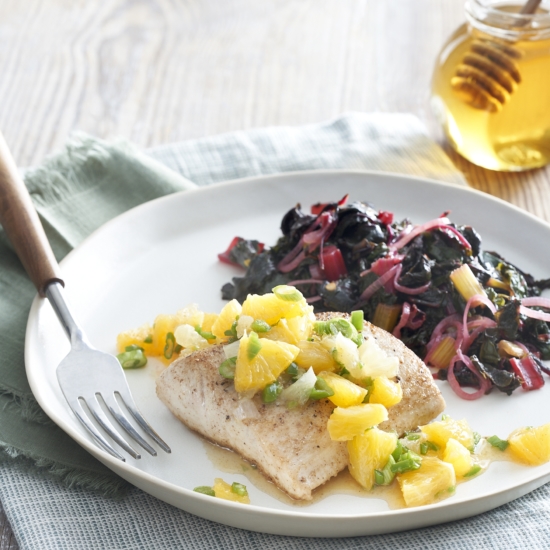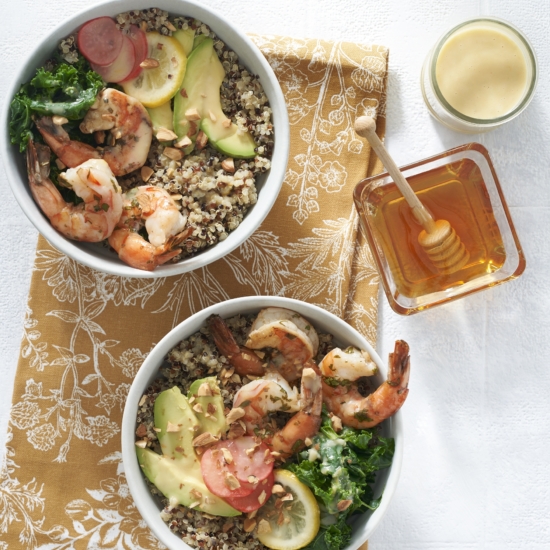
With so many diet trends out there (Keto, Paleo, Whole 30, etc.) it’s hard to know which one is best for you. While we are not experts on the subject, we did decide to explore one of this year's most popular diets and how honey is a perfect fit, so say hello to the Mediterranean Diet!
More of an eating pattern than an actual structured diet, the Mayo Clinic explains that this heart-healthy diet “blends the basics of healthy eating with the traditional flavors and cooking methods of the Mediterranean.”
So what is the story of the Mediterranean diet - its origin, its components, and how did it make its way to the U.S.? Well, interest in this diet began in the 1960s when it was noticed that fewer deaths in Mediterranean countries were caused by coronary heart disease when compared to the U.S. and northern Europe. According to the Mayo Clinic, “Subsequent studies found that the Mediterranean diet is associated with reduced risk factors for cardiovascular disease.” This is likely attributed to the diet’s focus on the consumption of fruits, vegetables, whole grains, and healthy fats. The Mayo Clinic lists the main components as follows:
- Daily consumption of vegetables, fruit, whole grains, and healthy fats
- Weekly intake of fish, poultry, beans, and eggs
- Moderate portions of dairy products
- Limited intake of red meat
Now we could all probably stand to add more fruits, vegetables and whole grains to our diets, seeing as a whopping 87% of adults don’t meet the daily recommendations for vegetables, and a surprising three-quarters of people don’t meet the recommendations for fruit each day. But the transition doesn’t have to be daunting, in fact, with honey it can actually be quite easy and delicious! Below we are sharing some of our tastiest tips and delicious recipes that will help you move towards a healthier lifestyle.
Vegetables:
- Honey can provide a sweet hint to help dull the bitter taste of veggies like asparagus and broccoli.
- Sweeter vegetables, like carrots and butternut squash, take on a whole new flavor when glazed with a bit of honey.
- Everyone loves to dip! Low-fat dips that include a touch of honey can encourage kids and adults alike to eat more veggies on the platter.
- Shake salad dressings with a little honey and drizzle the dressing over dark leafy greens, like kale and spinach.
Fruit:
- Top off a colorful fruit salad with a touch of honey to boost fruit’s natural sweetness.
- Whip up a smoothie packed with fruit, plain Greek yogurt and even veggies, like baby spinach. A little honey can add sweetness to the drink—great for breakfast, afterschool snacks and pre- or post-workout.
Whole Grains:
- Top whole-grain toast with almond butter and a drizzle of honey.
- Shake honey into dressing and fold it into whole-grain-based salads to add flavor. Honey’s sweet taste can help counter the bitterness of some varieties of whole grains.
- Use honey in place of sugar in whole-grain baked goods. Honey is a natural humectant, so it helps to retain moisture in baked goods.
- Try whole grains for breakfast! Oatmeal, overnight oats and even quinoa with fruit are perfect paired with a swirl of honey.
Interested in trying out the Mediterranean diet for yourself? Check out these simple tips from the Mayo Clinic.
We want to hear from you! What trending diets have you tried? Are you thinking about making the switch to Mediterranean? Tell us about it all in the comments below!



